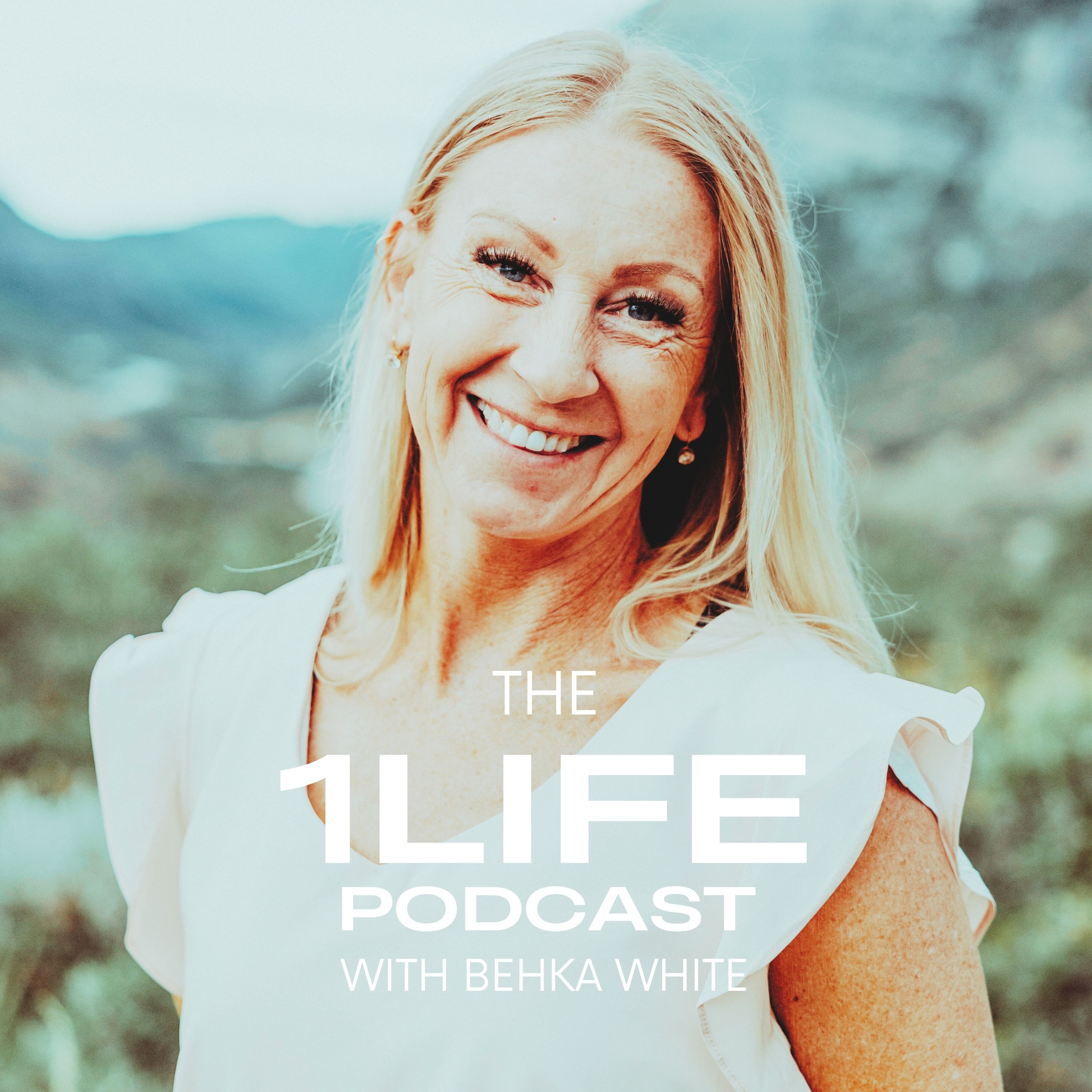In Episode 30 of the 1life podcast, titled "Helping Things Go Right: Our Environment and Habit Stacking," host Behka White discusses how to create a successful morning routine. She emphasizes the importance of setting up our environment to support our new habits, drawing from James Clear's book, Atomic Habits. The episode also introduces the concept of habit stacking, adapted from BJ Fogg's Tiny Habits program. This involves creating a trigger with a response, using the formula "When _ then _." Behka shares her own morning routine as an example, demonstrating how to stack habits like deep breathing, stretching, and singing. The episode concludes with an invitation for listeners to build on their morning routines, experiment with habit stacking, and create an environment that supports their desired behaviors.
Welcome to the One Life podcast with Becca White. I am your host and this is episode 30 helping things go right, our environment and habit stacking. Today is the final day of our three-part series in helping things go right with the morning routine. Specifically, how to set ourselves up for success in our environment and the power of habit stacking. James Clear's book Atomic Habits is a powerful resource for elevating our thinking around habit creation and I highly recommend. I particularly appreciate his explanation around new habit failure, which is this. He says that when we set out to form new habits, we can be strong for a few days, but as motivation wanes as it will, and then we hit an obstacle, we quit, which reinforces the belief that we are not disciplined. He challenges this belief by asserting that it is not for lack of willpower or discipline that we fail, but simply poor planning. He teaches that we need to set up our environment to support our new habit. For example, if I'm going running in the morning, I can put my shoes next to my bed so I trip on them when I wake up. Or if I want to practice the guitar every day, I don't store the guitar in the back of the closet across the house. Somewhere that's hard to get to. Instead, I put it on a stand right next to my favorite seat on the couch. We make it easier. So I ask you, how can you set up your environment for success? How can you set up your environment to support your habits? The second part of our discussion today is habit stacking adapted from BJ Fogg's tiny habits program. This works by creating a trigger with a response. So the simple formula is when blank, then blank. We can use triggers that are already happening in our morning to add a behavior to. For example, I hesitate to share my morning routine. First of all, because it changes according to needs and also because each one of us are different and individual and what I need is different than what you need. So please don't think that you should be doing what I do. But to illustrate the point, I'm going to share a few things that I do in the morning. So here are my when-the-ends. When I wake up in the morning, then I take three deep inhales and exhales. When I get out of bed, then I do three cat-cow stretches. When I walk through the hall to wake up my kids, then I start singing. Yes, I sing my children awake. I figure that singing is gentler than some other methods, but my 22-year-old son recently told me that he has PTSD from a particular song that I sang to him in his younger years. So that's good to know. And do I sing that same song to my younger? Yes, yes, I do. So they can have PTSD when they get older as well, I guess. Anyway, so back to the when-then triggers and responses. The next step is to stack these habits next to each other. So for example, I gave you three habits of things that I do from when I wake up to when I wake up my children. So after I wake up my children, here are a couple more when-the-ends. When I walk into my room, then I make my bed. When my bed is made, then I sit down on my bed and open my scriptures. And by doing this, by habit stacking those things next to each other in the first five minutes of my day, I've gotten a few of the important things that serve me accomplished. So that's what habit stacking looks like. All right, so to summarize today, if we set up our environment to support our behaviors and use triggers and responses and habit stacking, we will be able to get our morning routine running on autopilot instead of on willpower much quicker. So the invitation today is to build on your morning routine. Set up your environment for success. Try implementing when-then patterns and habit stacking. Learn by experience if a morning routine helps you show up to life as the best version of yourself. And we only get one life. Let's make it our best. [BLANK_AUDIO]
